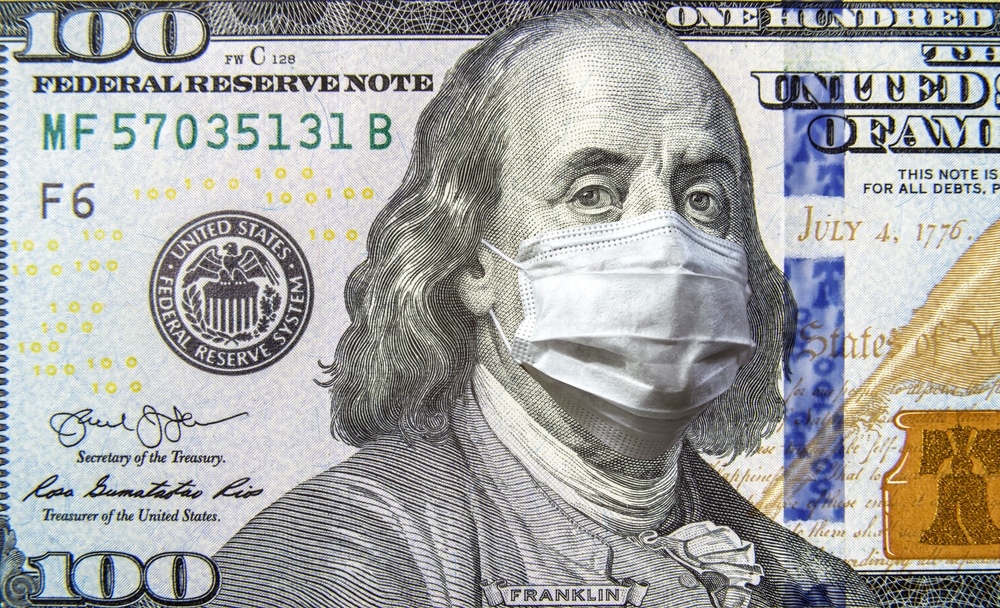The Small Business Administration’s (SBA) internal watchdog released a report Tuesday, explaining how more than $200 billion of the business loans given out by the agency during the COVID-19 pandemic was given to “fraudsters.” The amount is about 17% of all loans distributed.
The report represents the first comprehensive estimate of pandemic fraud to date. While the Paycheck Protection Program (PPP) and the Economic Injury Disaster Loans (EIDL) — the two programs the SBA instituted — helped many businesses stay afloat by providing them with easy access to cash, the scale of fraud raises questions about the SBA’s stewardship of taxpayer monies. While all government programs suffer some amount of fraud, the amount detailed in these two SBA programs represents the greatest amount of fraudulent activity ever.
The SBA’s Office of the Inspector General (OIG) noted, “The desire for increased profits not only overshadowed their fiduciary duty, but it also resulted in a higher amount of associated fraud in the lender’s portfolio, harmed taxpayers, and compromised the economic aim of the PPP.”
“Although we are confident that SBA’s implementation of our recommendations stemmed the tide of fraud, many of the improvements were made after much of the damage had already been done due to the lax internal control environment created at the onset of these programs,” the report explained.
For example, borrowers were allowed to self-certify that their loan applications were true. The SBA also did not use the Treasury Do Not Pay List, designed to keep government money from going to debarred contractors, felons, or people convicted of tax fraud. Tax return transcripts that could have weeded out fraudsters were similarly not looked at.
“Notwithstanding SBA’s efforts, certain lenders added to the fraud risks by prioritizing quickness and potential profit over a thorough review of applicant eligibility for government aid. For example, we found one lender escalated its loan processing volume from 200 loans per year to almost 500,000 loans per year during the pandemic — without a substantial increase in staff or security measures,” noted the internal watchdog about SBA partners that helped administer these programs.

